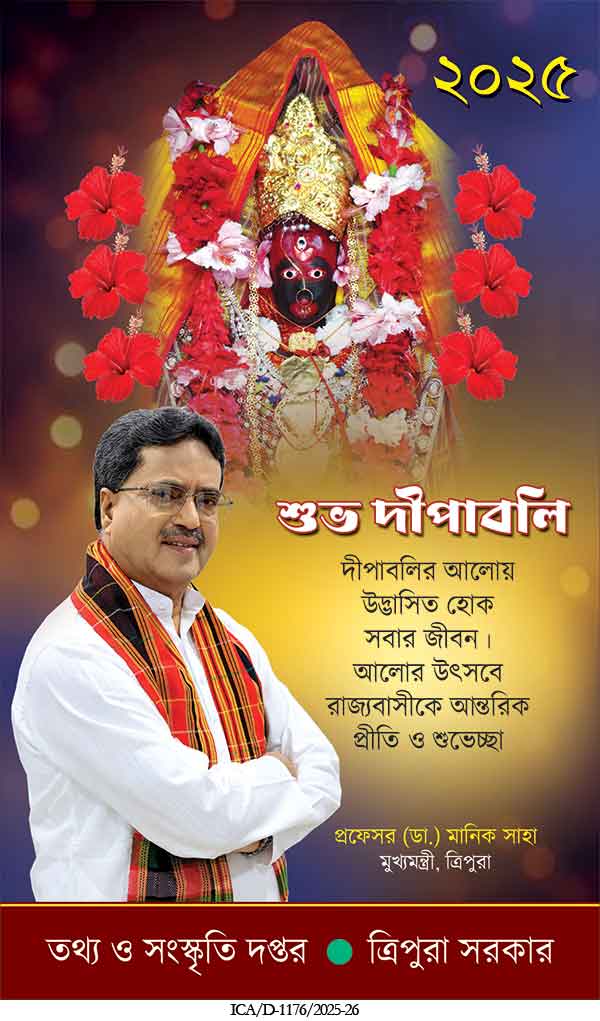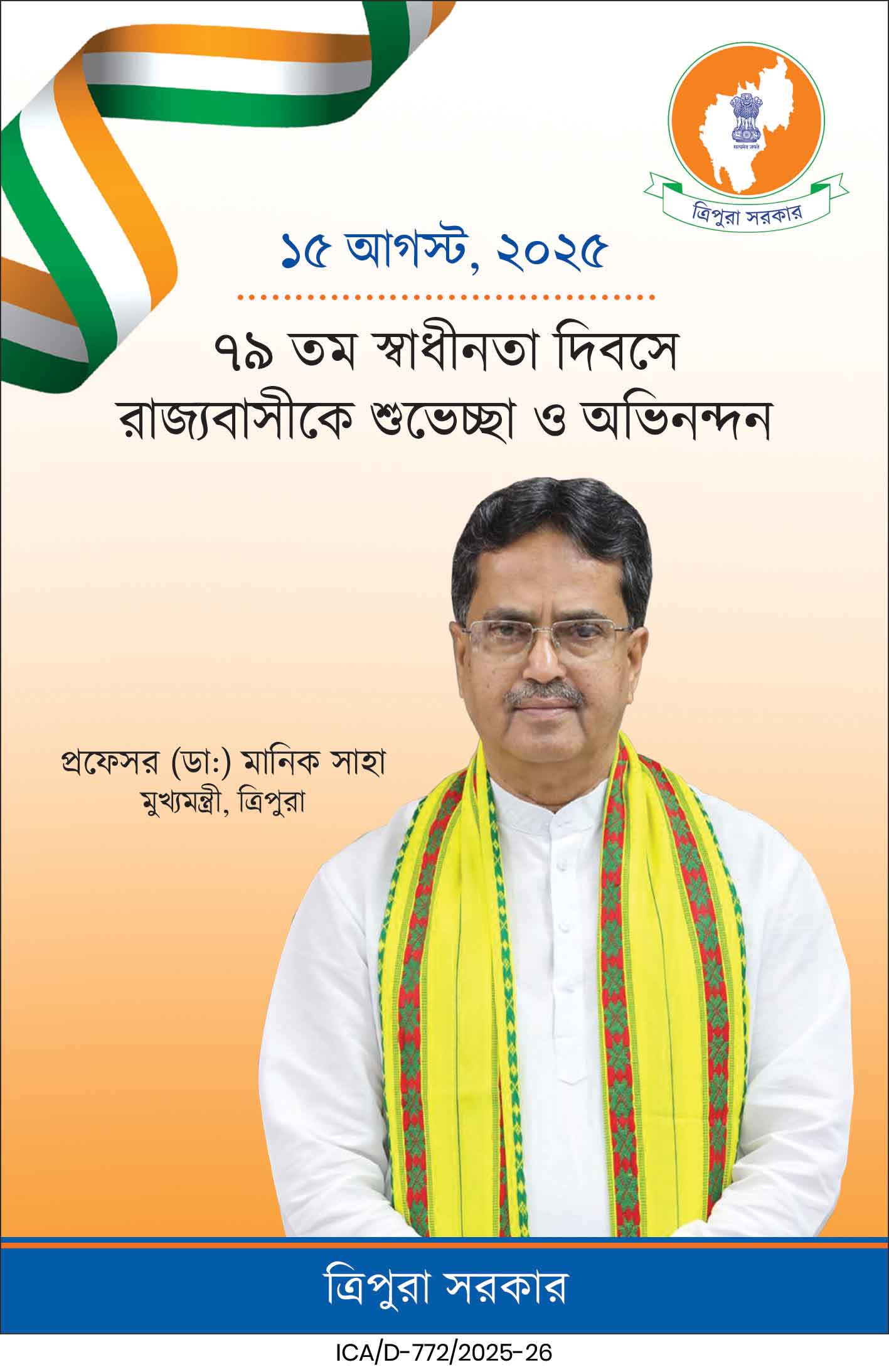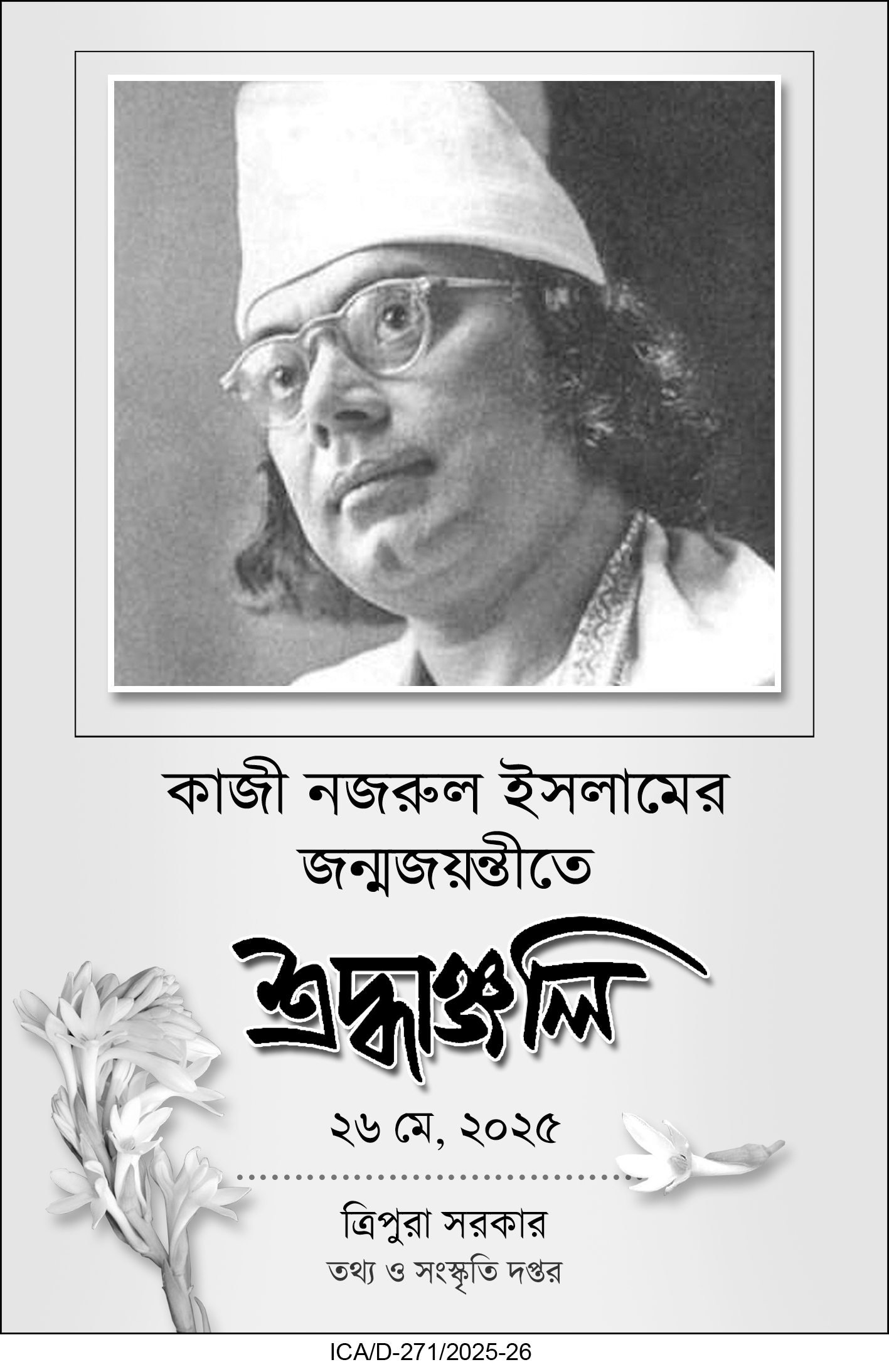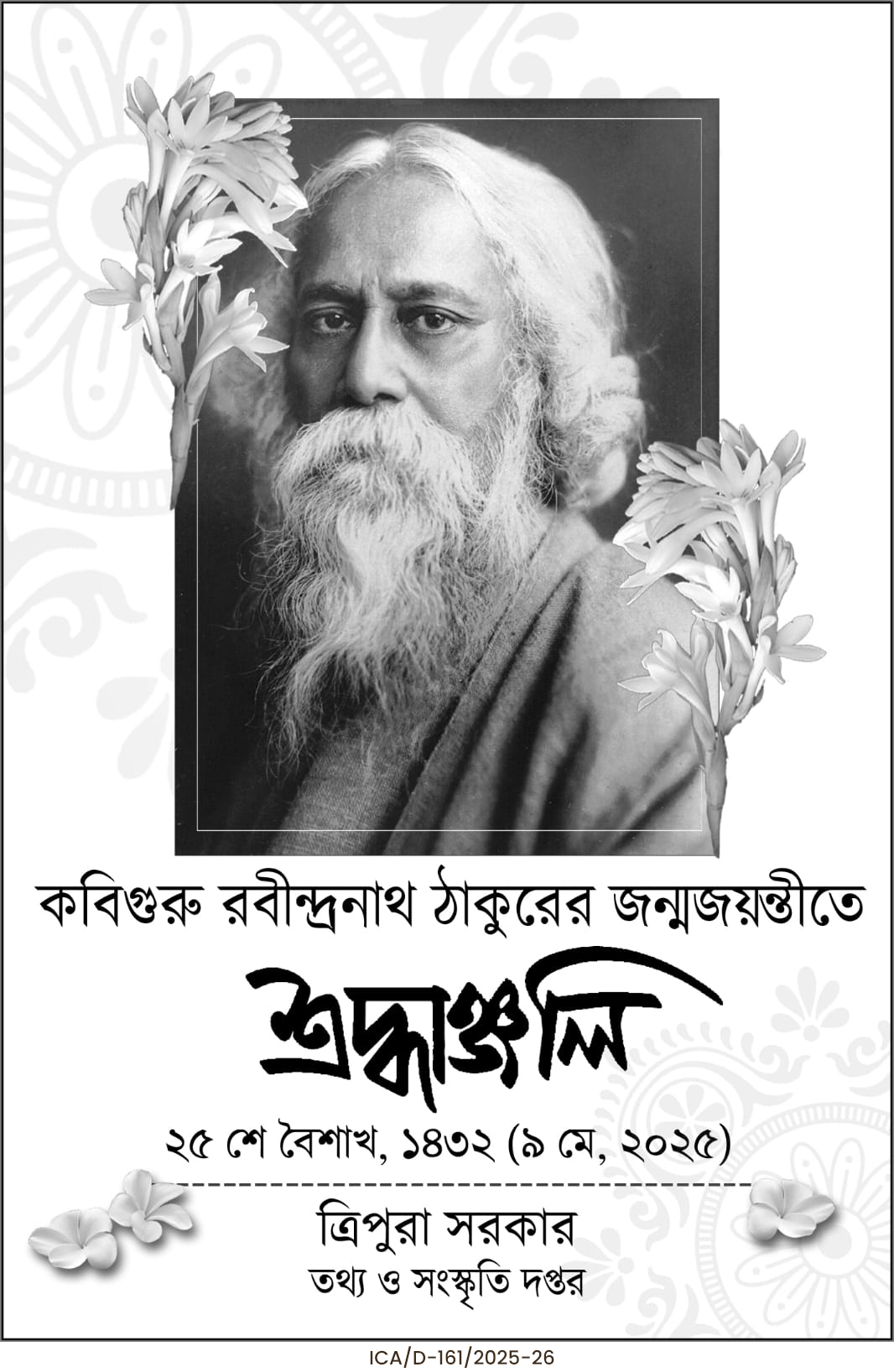The Durga Puja started five centuries back by the Tripura royal family, remains the ultimate draw in this northeastern state despite the “invasion” of modern theme-based pujas organised by numerous organisations.
The Tripura royal family started the celebration of Durga Puja over five centuries ago in Udaipur, their capital.
With time, it shifted to Amarpur and finally to Agartala in the early 18th century by Maharaja Krishna Kishore Manikya Bahadur, who built a temple dedicated to the mother goddess some 183 years ago.
When Tripura signed the instrument of accession with the Government of India on October 15, 1949, it was agreed that the daily puja and associated expenditure at the Durga Bari temple, Tripureswari Kali Temple at Udaipur in Gomati district and some other temples would be funded and looked after by the State Government. The royal kings were very religious. They never compromised with worshipping the heritage deities.
To adhere to the accession pact, the District Magistrate of West Tripura, the designated sevayat (servitor) of the puja, has to supervise rituals at the temple.
The state government pays for the daily puja, and the grander Durga Puja is held in the month of generally in the month of ‘Ashwin’ (Autumn) by the Indian calendar.
However, the head of the royal family as the titular custodian of the temple remains associated with all functions held here, including the Durga Puja.
The Goddess at the Durga Bari Temple here, however, has two arms instead of the traditional ten. History tells that the then Maharani Sulakhshana Devi, wife of Maharaja Krishna Kishore, fainted after seeing the Goddess with ten arms.
On that night, the Maharani is believed to have had a dream where goddess Durga advised her to worship a Durga idol with only two hands visible while the remaining eight are hidden at her back.
Thus, the idol at the Durga Bari temple, which stands in front of the 120-year-old Ujjayanta Palace, considered eastern India’s largest Durga temple, has a unique two-armed statuette of the mother goddess.
The idols of Durga bari that lead the `Dashami’ (tenth day of festivities) procession is the second to be immersed at Dashami Ghat here with the standing guard of honour of state police to the deity and its band playing the national anthem. The first that is absorbed is of Prabhu Bari ( Rajguru). What is noticeable in this aspect is the devotion of the Kings to the Brahmins, particularly Raj Guru. The Brahmins held the most power in Hindu society; they were priests, otherwise known as the spiritual and intellectual leaders of the society. “They devoted their time to studying, teaching, performing sacrifices, and officiating religious services.
Earlier, buffaloes were sacrificed to the goddess at the temple. However, that tradition stopped three years ago after the High Court of Tripura banned animal sacrifice in the state.
Tripura has more than 2,500 Durga pujas, with about 1,000 concentrated in Agartala alone.
Many of these are theme-based, with elaborate pandals (Marquees) based on historic temples elsewhere in the country. In contrast, others have innovative sculptures.
To ensure peaceful Durga Puja celebrations, Tripura’s West District Police Administration has adopted strict security measures to maintain law and order by deploying police and state troopers. No untoward incident has been heard so far.
Rupoli Durga (Silver Durga) lighting up of the Chhatra Bandhu Club’s mandap in Agartala is one of the main draws. The idols are made from fifty-five Kgs of silver. The uniqueness lies in the sense that this matriarch is not armed.
After that comes Bharat Mata Sangha at Usha Bazar, Pole Star in the Vivekananda Maidan, Yuba Samaj at Joy Nagar, Sanghati Club, Netaji Play Centre, Shanti Para, Ram Thakur Sangha , Chitta Ranjan Club and so many others.
All the clubs are on a competition spree to beat their rivals in the pompous decoration and show of the idols and the Pandals.
In sharp contrast, the Durga idol is set up in a tin shed at Kamalpur in Halam Basti. Halam is so poor. Where is their affordability in false show biz? Simplicity is the essence of happiness. One more time, I realised that chasing isn’t for things. It is for life’s moments. I understood that the natural way is the best. Individuals can achieve greater efficiency, clarity, and success by focusing on what is truly important, eliminating the unnecessary, and streamlining processes. Simplicity is the final achievement. After one has played a vast quantity of notes and more notes, simplicity emerges as the crowning reward of art. Simplicity is the glory of expression. It is the ultimate sophistication.
The art of simplicity is a puzzle of complexity.
Addendum: I have only watched Pole Star and a glimpse of Durga Bari.





